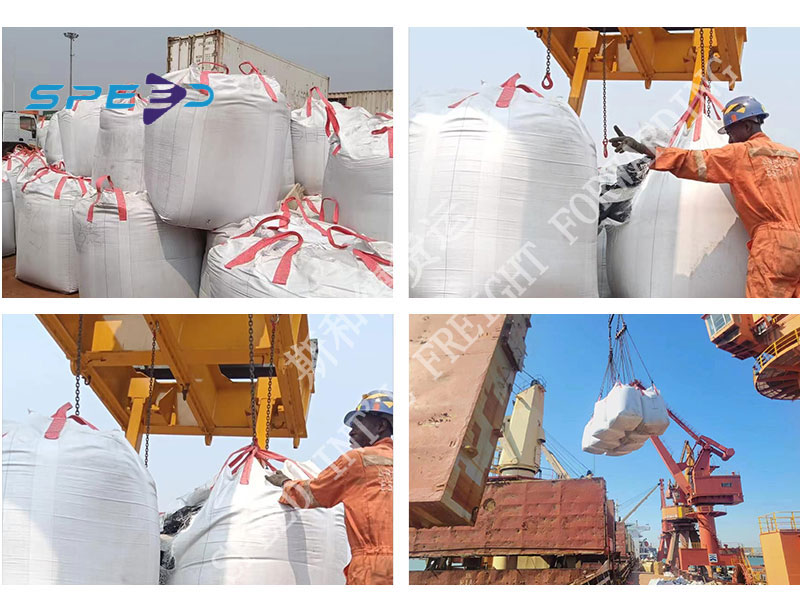Key points about break bulk shipments
2023-12-02
Break bulk shipping refers to a method of transporting cargo that is non-containerized and does not fit into standard containers. Instead of being loaded into containers, break bulk cargo is loaded individually onto a ship, typically secured in a variety of ways, such as pallets, crates, drums, or bags. This method is used for oversized, heavy, or awkwardly shaped items that cannot be easily containerized. Here are some key points about break bulk shipments:
1. Types of Cargo:
- Break bulk cargo includes items such as machinery, equipment, large pieces of infrastructure, steel products, timber, and other goods that are too big, heavy, or uniquely shaped to fit into standard shipping containers.
2. Loading and Unloading:
- Break bulk cargo is loaded and unloaded piece by piece, requiring manual labor and often specialized equipment like cranes and forklifts. This process can be more time-consuming and labor-intensive compared to containerized shipping.
3. Flexibility:
- Break bulk shipping offers flexibility in handling a wide range of cargo types and sizes. It accommodates irregularly shaped items or goods that may be susceptible to damage if packed in containers.
4. Specialized Vessels:
- Some ships are specifically designed for break bulk cargo, featuring open hatches and cargo holds for easy access. These vessels are known as general cargo ships or break bulk carriers.
5. Stowage and Securing:
- Proper stowage and securing of break bulk cargo are crucial to prevent damage during transit. Cargo is often secured using lashings, chains, or other methods to ensure stability.
6. Documentation:
- Break bulk shipments require detailed documentation for each individual piece of cargo, including bills of lading, packing lists, and other relevant paperwork. Accurate documentation is essential for customs clearance and tracking.
7. Costs and Efficiency:
- Break bulk shipping can be more costly and less efficient than containerized shipping for certain types of cargo. However, it remains a necessary method for transporting oversized or irregularly shaped items.
8. Ports and Infrastructure:
- Ports that handle break bulk cargo need specialized infrastructure, including appropriate cranes and storage facilities. Some ports specialize in break bulk handling due to their equipment and layout.
9. Trade Compliance:
- Compliance with international trade regulations is essential for break bulk shipments. Customs procedures must be followed, and the cargo's documentation must accurately reflect its contents and value.
While containerization has become the dominant method for shipping goods globally due to its efficiency and standardization, break bulk shipping remains important for certain industries and specific types of cargo that cannot easily fit into containers. It offers a solution for the transportation of oversized and irregularly shaped items that may not be suitable for containerized shipping.



